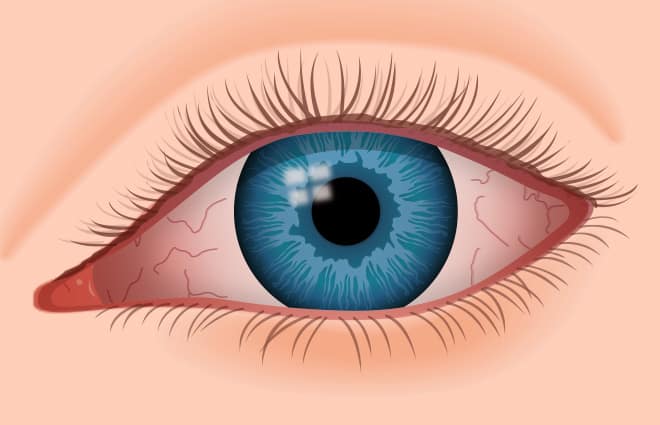The number of Americans suffering from dry eye is on the rise and continues to be one of the most common reasons patients visit their eye doctor. Over 26 million Americans have dry eye, and many don’t even realize they have the issue because they attribute it to eye fatigue or allergies.
One reason dry eye cases continue to increase is due to the amount of time we spend staring at screens, whether it be our phones or computer screens. When we stare at screens, we don’t blink as often as we should. Blinking is extremely important because it stimulates tear production and spreads our tears over the surface of the eye. Over time, this decrease in blink rate can cause serious issues with our eyes feeling gritty and dry.
The two main forms of dry eye are evaporative dry eye and aqueous deficient dry eye. Aqueous deficient dry eye is when the lacrimal glands don’t produce enough water to keep eyes moist. People often believe this is the issue they have when their eyes feel dry; however, only 14% of dry eye cases are of the aqueous form. Most people typically suffer from evaporative dry eye. Evaporative dry eye happens when the Meibomian glands are blocked. Meibomian glands are located in the eyelids and when functioning properly, they create an oil layer of tears. Without this oil, tears evaporate 4 to 16 times faster which is what causes that discomfort and dryness.
There are different treatment options for dry eye ranging from prescription eye drops to LipiFlow treatment which helps to unblock the Meibomian glands. Your eye doctor should determine which method is best based on the type of dry eye and severity. If you believe you are suffering from dry eye, it’s important to speak with your eye doctor as soon as possible. At Eye Clinic of Austin, we offer the most advanced dry eye diagnosis and treatment options available in Central Texas. Schedule a dry eye assessment with us today to learn more.

